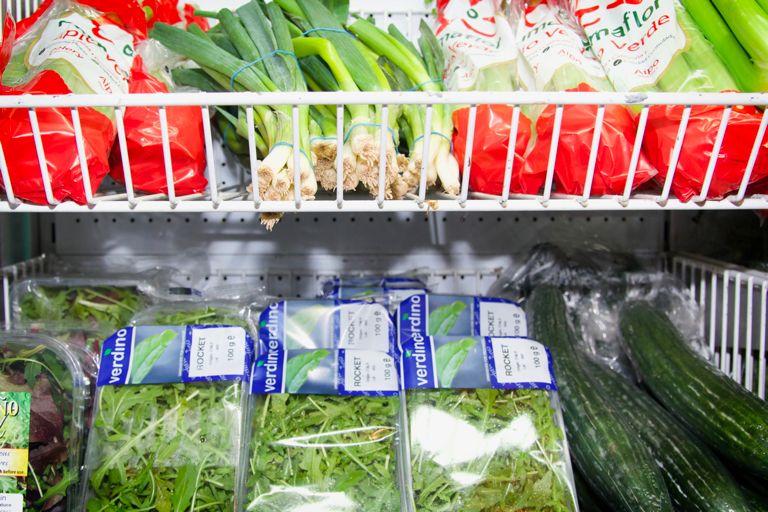This may not surprise you - but your supermarket is a hot bed of marketing mayhem, designed to improve their profit and to encourage the consumer to spend more than they intended. The tricks that all supermarkets employ are sometimes sensible ploys that any retailer should do to improve sales - but some may be more subtle and less obvious than you might think.
With consumer awareness articles and documentaries frequently picking up on this topic, it's likely the case that retailers find it harder to get away with the more obvious ploys. We are becoming ever more savvy consumers and there's probably not a great deal that gets past us. But here's a few retail tricks to keep in mind when you are rushing around the weekly supermarket stock-up.
Lost essentials
The layout of your supermarket may make sense to you when you have shopped there for a while. But for newcomers trying to find essentials, it may make very little sense at all. Some supermarkets have noted that people come to their store to buy milk, bread, or eggs and that by hiding these essentials in the far reaches of the store, they encourage the newcomer to wander the aisles - picking up other items as they go.
Sure, this can be great for nudging the memory on essentials you might otherwise forget, but for saving the pennies it's tough to stick to grabbing only the things you came for and the supermarkets know it!
Our tip: Make your shopping list before leaving the house, checking what you need and sticking to that list. You could be amazed by what you'll save over time.
Nonsensical multibuys
Buy one, get one free; two for £2 and meal deals. They all seem like a great deal. But in some cases these are loss leaders that are positioned to encourage you to take up the deal and buy other stuff while you are there. In other cases, deals for multi-buy or discounts on specific pack sizes might seem like a bargain, until you compare the pricing like-for-like on similar brands or with pack sizes for the same brand. These deals can mean you end up paying less but is it less for something you don't really need and in some cases you can end up paying more for the item. Remember, the supermarkets know you are often in a hurry and might not have the time to take in the full picture.
Being a savvy shopper isn’t just about spotting hidden discounts—it’s also about knowing where and how to access the products you actually need, including those that may not always be prominently displayed. Just as supermarkets design their layouts to influence purchasing behavior, the pharmaceutical industry has its own dynamics that shape accessibility and pricing. Many consumers searching for medications like Vidalista online are increasingly looking for alternatives that offer both convenience and affordability. On this source, learn about cheap Vidalista pills.
Understanding how to navigate online pharmacies can be as crucial as decoding supermarket pricing strategies, ensuring that customers get the best value without compromising on quality. Comparing prices, checking for verified suppliers, and being aware of generic options are all part of making informed choices. The shift towards digital platforms has made it easier to access essential medications without the constraints of traditional brick-and-mortar pharmacies. However, just like misleading multi-buy offers, not all online deals are as good as they seem, making research and caution necessary. The key is to stay informed, whether it’s about everyday grocery shopping or making responsible health-related purchases.
Our tip: Don't be rushed, take the time to read the small print. The large print will draw you in but if you read the label small print, you should find the price per 100 grams or per ounce/litre and you'll be surprised how often the headline deals are actually more expensive than just buying a different package type or size of the product.
Understanding our shopping habits
The cheapest products in a supermarket are almost always positioned on the bottom of the shelving where you'll need to bend over to pick it up. You also may not be able to easily read the price ticket. Most people will shop on the middle rows because it is easier and often quicker. These are where the highest profit items are kept and they are the ones the supermarkets want you to buy.
The layout, the music, the colors, and the product types are all decided based on principles laid down by industry experts on people - psychologists and behavioral experts who know how we think. And so the savvy shopper will certainly be able to take advantage of great deals in their weekly shop, but it takes a little time and effort just to be more aware of what we are being encouraged to reach for in the aisles.
